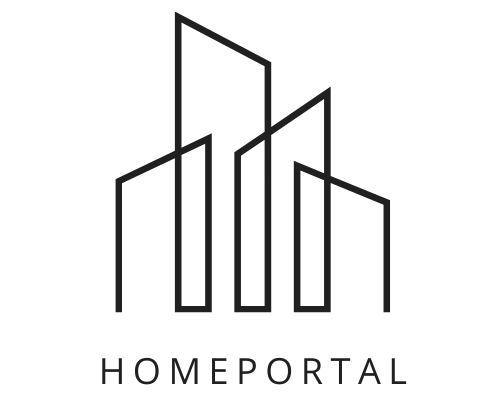
BoC Index: Canadian Housing Affordability Unsustainable
Even while Canadian real estate has never been cheap, it has rarely been this costly in recent history. For the third quarter of 2022, the Housing Affordability Index (HAI) published by the Bank of Canada (BoC) reached a new record high not seen since 1983. What this means is that it is extremely difficult for the typical American family to purchase a home anywhere in the country. Housing prices have reached an unsustainable high that has never been maintained for long.
Mortgage Credit Availability Measure of Canada
The Bank of Canada Affordability Index measures how much of one’s income would have to go toward housing costs. The real cost is likely more than what is reflected because only principal and interest payments and utilities are considered. The median annual take-home pay is utilized. The median list price for a home is calculated using data from the past six months. The mortgage interest rate is a composite of the discounted variable rate and the 1-, 3-, and 5-year fixed rates. Water, gas, and electricity are all examples of utilities that can be used as currency.
It’s conceptually comparable to the RBC and NBF affordability indices. If the ratio is large, then purchasing and maintaining the home will be difficult financially. The BoC utilizes average income, which is typically higher than the median for households, in contrast to RBC and NBF. In addition, several indices employ the median rather than the average because the average fails to take into consideration quality and size. Many people rely on a benchmark pricing that already accounts for these factors.
We do not think the Bank of Canada index accurately reflects the true costs of housing. Nonetheless, it’s helpful for validating trends and resting assured that the problem is being tracked. The fact that they actually care about the information it contains is another story.
The Canadian Housing Market Is Becoming Less Affordable. The index shows that the cost of purchasing a home in Canada increased significantly during the past three months. In Q3 2022, according to the HAI, a typical family will need to spend 48.8% of its income on housing costs. Increases of 0.4 points from the previous quarter and 11.1 points from the previous year. Home price decreases capped the month-over-month gain. When it comes to the deterioration of affordability, however, an annual rise of more than 11 percentage points is still an outrageous move.
It's impossible for Canadian home prices to remain at this level for long
The housing affordability index has never been this low. Only two quarters in the 1990s surpassed this level of income proportionality. Only eight quarters in the preceding half-century have been less cheap than the current one. Having a bubble that is comparable to two of Canada’s largest is, to put it mildly, undesirable.
The indicator has hit an alarming level, as confirmed by a number of financial institutions. NBF issued a dire affordability warning earlier this month, saying it was the worst it has been since the 1980s. According to RBC’s estimates, our current level of affordability is worse than anything seen since the 1980s. There is no positive information to be found among any of these numbers.
The upshot is the same: the cost of housing in Canada has risen to unaffordable levels. A number of businesses anticipate near-term deterioration but acknowledge there is always the possibility of things becoming better. This problem, however, has never lasted for very long. Countries where the typical family cannot afford a safe place to live typically offer a subpar value proposition.



